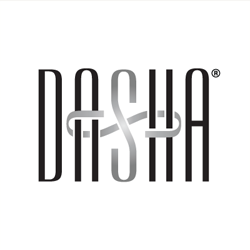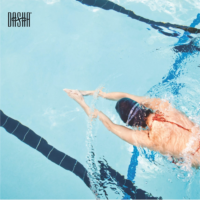Facial re-contouring for aesthetic purposes is a critical part of aesthetic enhancement and rejuvenation. Weak chins, absence of cheekbone definition, flattened jawbones and other areas of facial loss of contour, volume and definition greatly impact on the overall aesthetic appearance. Early implants were rib, bone or cartilage, harvested from the patient and carved meticulously into the desired and individualized shape. Some synthetic materials such as paraffin were also used, but were problematic and much less desirable.
In the early 1970s, silicone implants became available, mostly for chin implants. There was a limited selection and the implant configurations were less than ideal. Blocks of silicone rubber were also available, and many doctors found it more desirable to carve their own implants. Over time, the selection of implant types exploded, and the implants were computer designed into anatomically desirable shapes. Other non-silicone materials were also used. Today there is an abundance of commercially available implants, anatomically designed in myriad sizes and configurations. They have made facial re-contouring a more predictable and less complicated process.
Chin Implants: The most widely used of the facial implants and used to correct a weakened chin, lengthen a shortened chin and if necessary, help correct jowl deformities. Most of these implants are made of soft silicone, are inserted either through the inner aspect of the lower lip, or from a small incision under the chin. In nasal surgery, they are extremely valuable in balancing out the facial profile, and they are also critical in face-lift surgery, where a weakened chin contributes to the appearance of aging and detracts from a youthful neck.
Cheek Implants: Absence of cheekbone definition is of concern to many patients. There are a wide variety of sizes and they are made of silicone rubber. There are many other types of cheek implants available to address different needs and some are made of different forms of synthetic material. Cheek implants are mostly inserted from an incision inside of the upper lip, but can also be inserted from a lower eyelid incision or through a face-lift incision.
Jaw (Mandibular) Implants: Much less widely used, but very valuable in those cases where the lower jawbone is too narrow, mandibular implants are inserted through the mouth and most are made, again, of silicone rubber, although other materials are used.
Other areas: For other areas of facial depression such as the forehead or temporal area, implants are available. For these areas, custom-carved implants are likely more desirable.
In considering implants, it is important to note that today there are many injectable materials available which have a definite and growing role in facial re-contouring. These are not permanent, however, and repeat injections will be necessary at some point. That said, most patients are very satisfied and of course there is no surgery, no anesthesia and little, if any, downtime.
DASHA® wellness & spa is a luxury lifestyle brand and New York City-based wellness center created to offer a truly holistic approach to wellness. To learn more, visit dashawellness.com.






